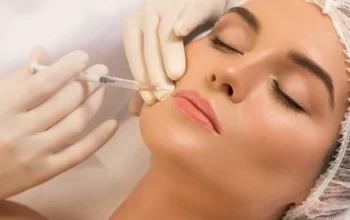Imagine walking a mile in shoes that fit like a glove, pain-free. Now, picture doing the same with an annoying bunion, a stubborn corn, or a painful callus. Not so pleasant, is it? Unfortunately, many people endure those discomforts every day, along with the notorious athlete’s foot Richardson. In this blog, we will take a closer look at these common foot conditions – bunions, corns, and calluses, breaking them down, understanding their causes, and exploring effective treatments.
Bunions
First, let’s talk bunions. Imagining one is like picturing a small lump on the side of your foot. It’s a bony bump that forms on the joint at the base of your big toe. When your big toe pushes against your next toe, it forces the joint of your big toe to get bigger and stick out.
Corns
Now, onto corns. These are thick, hardened layers of skin that develop as a result of your skin’s attempt to protect itself against pressure and friction. They can form on the tops and sides of your toes and even between your toes. They can be quite a nuisance.
Calluses
Calluses, similar to corns, are thick, hardened patches of skin. However, they usually develop on the soles of your feet, particularly under the heels or balls, on your palms, or on your knees. They often form when there is repeated pressure or friction on one area of the skin.
How to Treat These Conditions
There are several ways these common foot conditions can be treated. For bunions, wearing wider shoes with enough room for your toes might be recommended. Special bunion pads can also relieve pressure and lessen pain. For corns and calluses, soaking your feet in warm water then gently filing them with a pumice stone can reduce the thickness. There are also over-the-counter products that can help.
However, in severe cases, a visit to a podiatrist may be necessary. They can offer professional advice and treatments such as removal of the bunion, corn, or callus, or suggest custom shoe inserts to relieve pressure and discomfort.
Prevention is better than Cure
Finally, remember that prevention is always better than cure. Wearing shoes that fit well, keeping your feet clean and dry, and moisturizing can help prevent these conditions. It’s also worth noting that people with certain conditions like diabetes should always consult a doctor before treating foot problems at home.
In conclusion, bunions, corns, and calluses, while common, can cause significant discomfort. But with understanding, appropriate treatment, and prevention, you can keep your feet healthy and pain-free.




